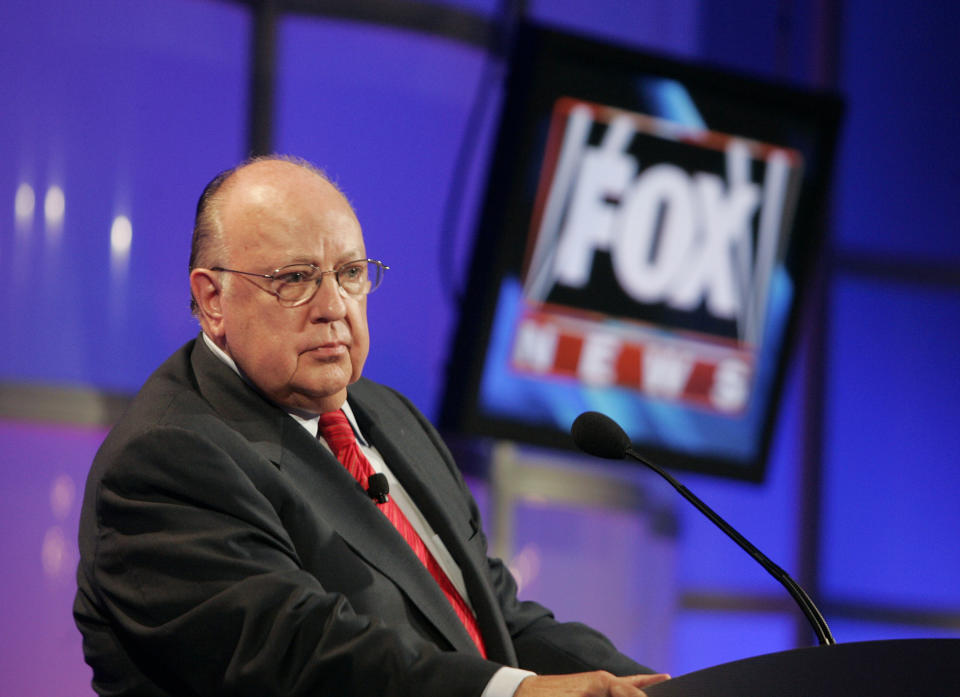Steve Bannon could become the next Roger Ailes
Steve Bannon won’t go quietly — that much seems sure.
Bannon, President Trump’s top strategist and architect of his appeal to disaffected Americans, is finally leaving the White House after seven combative months. Rumors of Bannon’s firing have swirled since nearly the beginning of Trump’s presidency. Bannon himself predicted he’d get fired within a year. The punditocracy seems to think Bannon’s departure is a sign Trump is moderating his views and moving a bit toward the middle. Er, maybe.
Bannon himself will probably let us know before long, as he cashes in on newfound celebrity in what may be a powerful new effort to consolidate conservative voices in way that could challenge Fox News’s dominance on the right.
“The Bannon brand is really powerful,” says John Carroll, a professor of mass communication at Boston University. “The sense of grievance that a lot of people feel, especially on the far right, is just going to be amplified by Trump cutting him loose.”

Bannon was wealthy before he ever joined the Trump campaign in 2016, thanks to lucrative stints as a Goldman Sachs banker, film financier, political consultant and executive at Breitbart News. Financial disclosure forms filed with the government list assets ranging from roughly $10 million to $50 million. Like other former White House officials, Bannon could write a book, turn up as a TV pundit and sign on with a think tank. But Bannon is more entrepreneurial than most, and he may have something far grander in mind.
Breitbart News, the conservative operation he used to run, announced Friday night that he would return to its fold. But Breitbart may be too small to contain Bannon’s ambitions at this point—unless it becomes a vehicle for something bigger. It’s possible Bannon could try to consolidate prominent conservatives under one umbrella that could start to look like a fledgling Fox News. Bill O’Reilly, forced out of Fox earlier this year, might be interested in joining forces with Bannon. Radio hosts Michael Savage and Alex Jones are other alt-right voices currently flying solo, more or less, who could fit in a Bannon empire. Bannon seems to prefer being the unseen puppetmaster rather than the on-camera rabble-rouser—similar to Roger Ailes, who founded Fox News back in 1996, and recently died. Ailes, like Bannon, worked at the White House, first for Richard Nixon and then for Ronald Reagan.

Breitbart has a fledgling video operation, but no TV network to speak of the way Fox does. That’s where the Sinclair Broadcast Group might fit in. Sinclair is the right-leaning owner of TV stations that has ambitions to get a lot bigger. Sinclair is trying to buy Tribune Media for $3.9 billion, a deal that, if approved by regulators, would give Sinclair’s TV stations access to 70% of American households, and a key presence in huge markets such as New York and Los Angeles. Sinclair is controversial for requiring its stations to air commentary by conservatives such as Boris Ephsteyn, who was a mid-level operative on Trump’s campaign. “That’s a megaphone Bannon could use,” says Carroll. “He’d be an interesting fit there.”
A big question for Trump is whether Bannon will try to rally the alt-right against the president—undermining what appears to be Trump’s one source of unwavering support—or remain loyal to his old boss. Whatever the answer, the next chapter in Steve Bannon’s career is likely to be the most momentous yet. Bannon helped Trump get elected, but Trump made Bannon a household name. We will soon find out if that symbiosis continues, or morphs into rivalry.
Confidential tip line: rickjnewman@yahoo.com. Encrypted communication available.
Read more:
Rick Newman is the author of four books, including Rebounders: How Winners Pivot from Setback to Success. Follow him on Twitter: @rickjnewman

